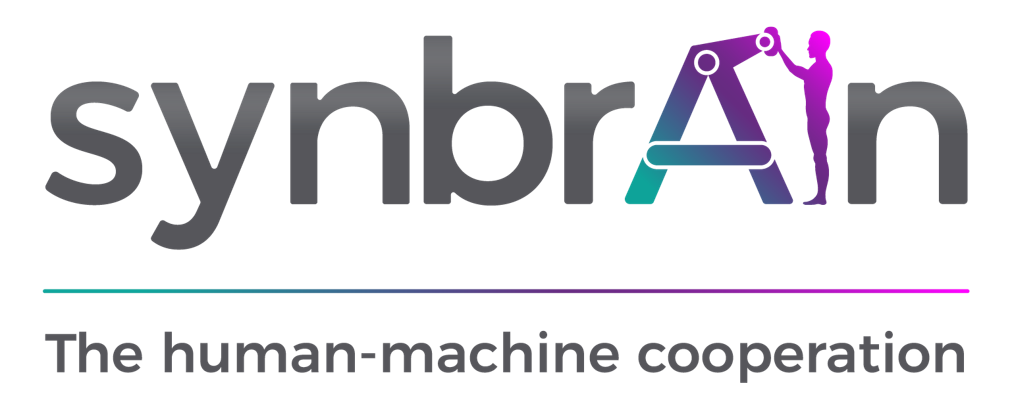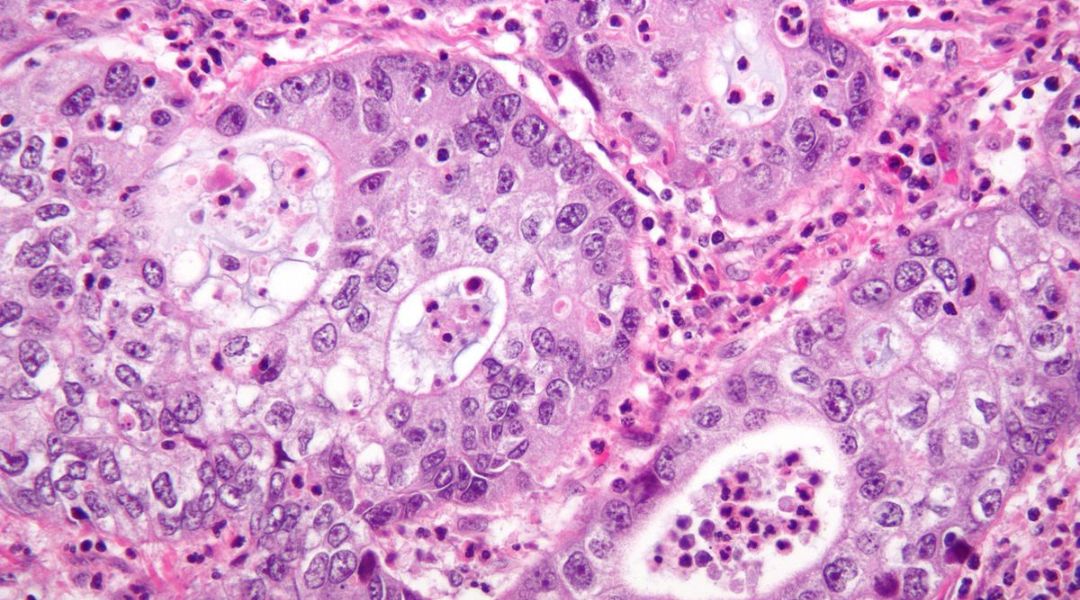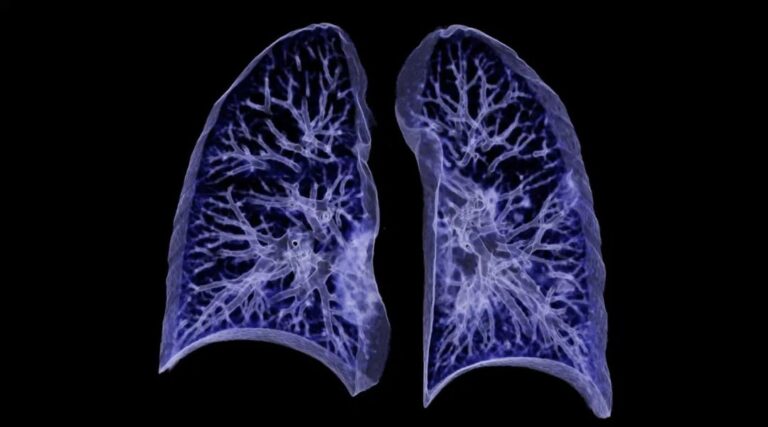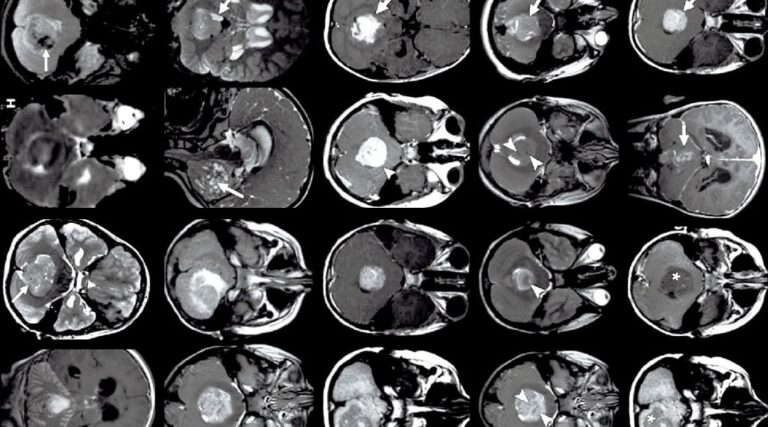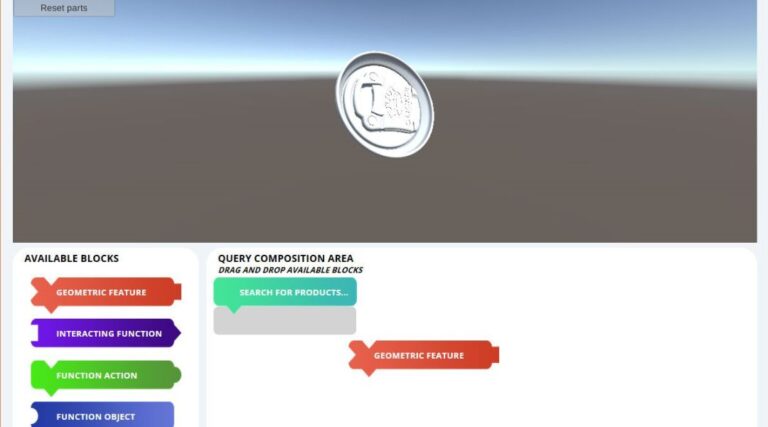Background
Emerging data suggest that radiomics can be used to predict outcomes in SCCHN. At present, only few data are available for pre-treatment MRI.
Results
Out of 155 enrolled HETeCO patients, 98 baseline imaging were retrieved of which 57 b-MRI. Of these, 51 met the eligibility criteria (25 in intensive and 26 in non-intensive arm).
Baseline patients’ characteristics were: median age 66 yr (38-86); sex (M 42; F 9); median smoking history: 30 packs/y (1-100); 25 oral cavity (49%), 18 oropharynx (35%, 14 HPV+), 6 larynx (12%), 2 hypopharynx (4%). At a median FUP of 42 months (25-64), 45 (88%) patients are still alive. The recurrence rate was 20% (10/51, of which 2 distant). In total, 1608 RF were extracted.
The sensitivity, specificity and AUC of the classifier were 90%, 76%, and 80%, respectively. The radiomic risk class was found to be an independent prognostic factor for both DFS and OS (p=0.01 and p=0.046, respectively).
KM curves for DFS and OS were significantly different between HR and LR groups (p=0.002 and p=0.04, respectively). In HR vs LR, 3-y DFS and OS were: 78% [61-100%] vs 97% [90-100%], and 88% [75-100%] vs 96% [88-100%], respectively.
Conclusions
Radiomics of pre-treatment MRI can predict outcomes in SCCHN. External validation of this preliminary radiomics-based model is currently ongoing.
Questo è uno degli articoli scientifici pubblicati da uno o più collaboratori e data scientist di synbrAIn.
Se sei interessato a saperne di più, leggi l’intero articolo qui.
